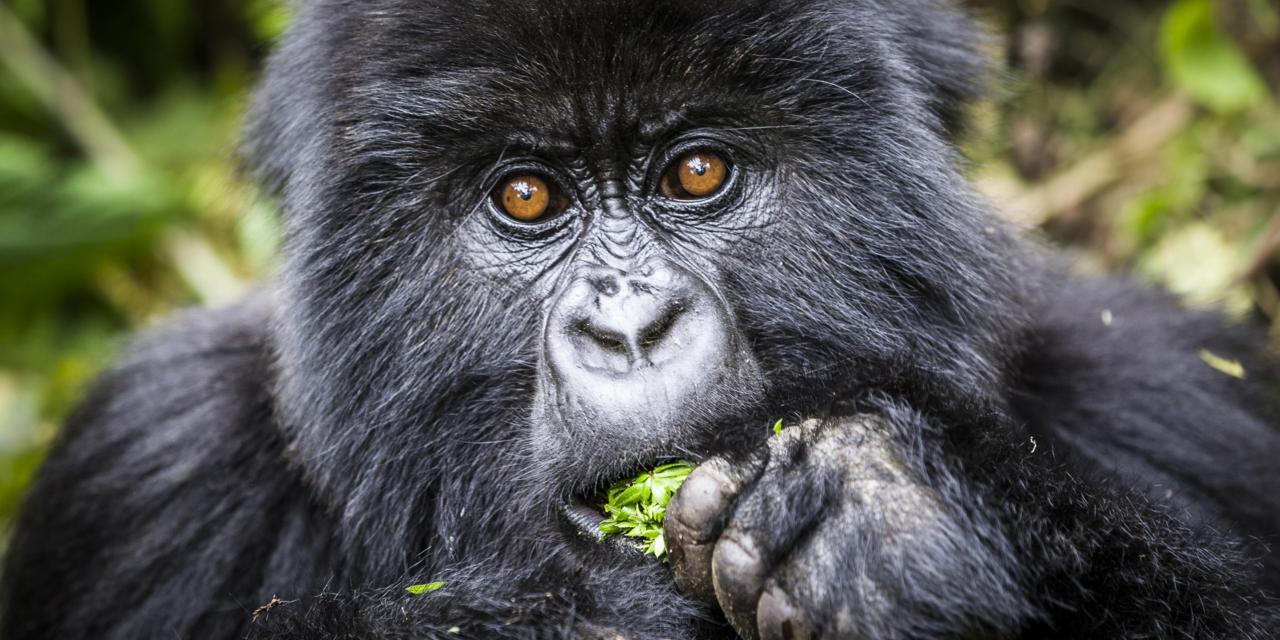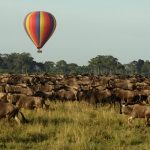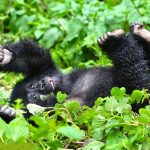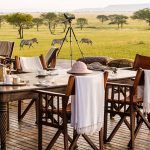Rwanda a Mother Nature in East Africa

It has not always been possible to travel to Rwanda safely, since they had gone through a horrific genocide in 1994. In the 100 days of slaughter almost one million people, mostly Tutsis, were killed by Hutus. But today, Rwanda is an amazing country and completely safe to travel. The country is re-building itself from the genocide and its destruction. Comfortable roads and infrastructure have been put in place in cities and throughout the country.
Government support helps people plant crops and bring them to market. Health insurance for all makes medical care available for everyone. Environmental laws such as the ban of single use plastic bags in 2008 have been passed. As a result, the streets of Rwanda are some of the cleanest I have seen anywhere. Rwandans live peacefully with each other no matter what their “ethnic” background. So, we were happy to support with our tourist dollars a country that does such an amazing job with its recovery.
We went to two different regions in Rwanda. The first one was the Akagera National Park at the North-eastern end of the country. Akagera is the only protected area offering traditional Big Five safaris in Rwanda. It boasts good wildlife opportunities, although not on quite the same scale as other iconic East African parks.
Our transport by van from Kigali took about four hours of driving through the country and getting a sense of the people that live there. They seemed very content with their lives and were very friendly and welcoming towards visitors. We stayed at Magashi camp during our stay in this area. This camp was pretty new, I think only one or two years old, and very well run. The staff was super friendly and emanated a warmth that was very pleasant. The food was outstanding, and they paid close attention to some dietary restrictions (allergies) one of us had.
One huge advantage of the location of this camp is that it borders a lake that is inhabited by about 500 hippos. During the day they mostly come up and grunt, but at night they come out of the water and even walk in between the cabins to feed. The cabins were luxurious and of course very clean and well kept. Because we traveled in the emerald season (low season), we had a safari vehicle that could seat 7 or 8 people easily all to ourselves.
We also were able to have the same excellent guide for our entire stay. He knew that we were very interested in birds and geared his game drives towards that as well. We had a fantastic time observing not only lots of different species of birds, but also the big mammals like lions, giraffes, elephants, cape buffaloes, hippos, zebras and of course lots of gazelles. Our guide drove us into the area where the Eastern Black Rhino Conservation program is enacted. It was wonderful to see those animals getting re-introduced into the wild.
What made Magashi camp really special for us was the fact that they also did safaris on the lake from one of their small boats. Again, we were just the three of us and the guide in the boat and drifted along the shores of the lake. We had really close views of lions, buffaloes and Crocodiles that did not even seem to notice our boat drifting by. And then of course there were the hippos in the water and the birds flying in and out of the reeds. So, Magashi was definitely a place we would recommend for safaris.
After our stay in Akagera we traveled back to Kigali and then on to the North-western corner of Rwanda, to Volcanoes National Park. We stayed at Virunga Lodge, a very nice “old-school” lodge with very friendly staff. The morning wake-up call and delivery of tea or coffee to the cabin was done by a staff person singing in front of the cabin door until we opened up to take possession of the goods delivered.
We had a lovely young woman with an angelic voice and we loved being woken up by her. Though the lodge was about a 45-minute drive from the meeting point for the gorilla safari, it was well worth the drive. Volcanoes National Park is a high elevation mountain range, where 60% of all mountain gorillas live. Dian Fossey made the area famous when she did her studies there. Because of successful conservation programs the population of these primates is actually increasing. One of the driving engines of this conservation program is the large financial input of a tightly controlled visitation program.
For a pretty steep price ($1500 per person), eight people can trek into the mountains with trackers, guides and porters to spend one hour observing a family of gorillas up close and personal. Depending on where the gorilla families are on a given day, the trekking can take anywhere from a couple of hours in the morning to a whole day. It can be a very easy excursion of the toughest thing you have ever done. It all depends on where the gorilla families are and whether they stay put.
Our gorilla family called Amahoro group had 22 members with two silver backs present. When we reached them, they were still warming up in the morning sun and munching on the local plants for breakfast. There was a tranquility and serenity emanating from them as they slowly stripped plants of their leaves. They were fully aware of our presence as we were standing in the open just a few feet away, but they seemed undisturbed by us. We watched them for a full hour, and that included not only their eating sessions, but also mothers moving past us with their babies on the back, or youngsters playing chasing games over our feet. It was an experience like no other.
The next day we ventured into the same region, but this time to see another primate species, the golden monkeys. This is an old-world monkey species endemic to the high-altitude forest of Volcanoes National Park. Our trackers and guides found a family of them within an hour walk up the forest. They feed largely on bamboo leaves and fruit. Unlike with the gorillas there was no tranquility at all with these creatures. They were a lively bunch leaping from bamboo branches, frolicking on the floor and munching incessantly on bamboo leaves and other plants. The young were very playful and inquisitive, often jumping around our feet. It was pure joy to observe them while being completely ignored.
So, to wrap it all up. We can definitely recommend Rwanda as a great place to travel and explore wildlife and culture. It feels good to support a country that has its priorities right and has so much to offer. I recommend Gorilla Safaris Tours.





0 Comments